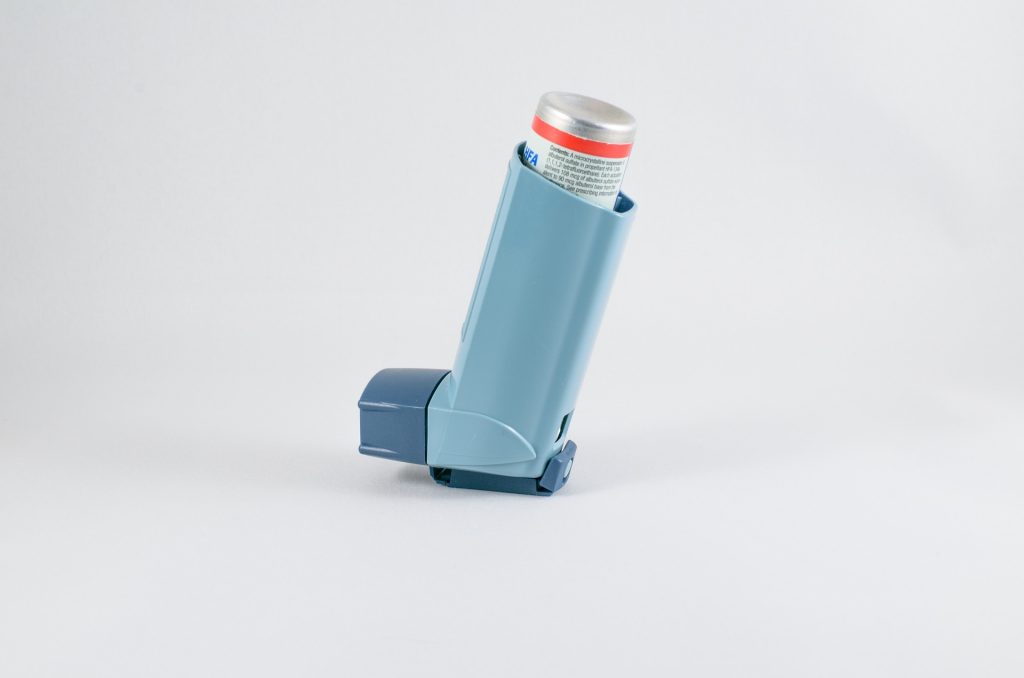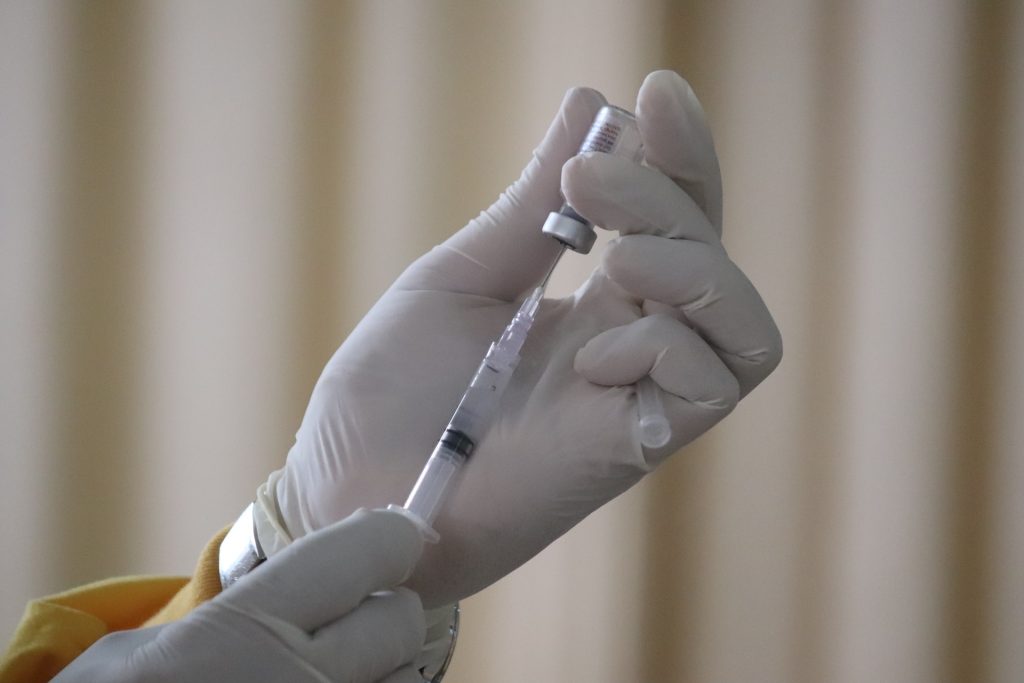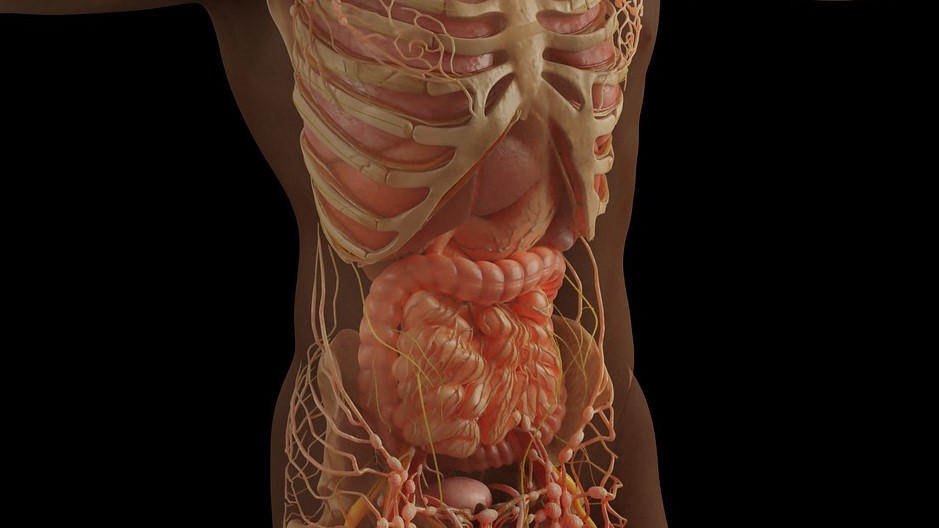Mepolizumab Weans Severe Asthma Patients off Steroids

In a real world study, patients taking oral corticosteroids for severe asthma, taking mepolizumab reduced the need for those steroids by 75%. These findings were presented at the annual meeting of the American Academy of Allergy, Asthma & Immunology.
By the end study, patients on a median 10 mg maintenance dose of oral corticosteroids at baseline reduced their intake to 2.5 mg, reported Mark Liu, MD, of Johns Hopkins Medicine, who presented the findings.
And those on a median 5 mg maintenance dose at the start of the trial reduced their use to 0.4 mg by study end, Dr Liu said.
In the high steroid dose group, 36% were able to be weaned off the drugs by the end of the study, he reported. In the lower dose group, 49% were able to discontinue steroid use.
Treatment with the interleukin-5 (IL-5) antagonist mepolizumab reduced clinically significant annual exacerbations from a mean of 4.3 in the 12 months prior to the trial to 1.5 with mepolizumab use. This reduction from baseline was seen across all patient groups, said Dr Liu, including those with high and low steroid use and those who were not taking steroids at baseline to control symptoms.
Dr Liu suggested that despite the limitation of being a single-arm study, the “clinically important real-world findings indicate that patients with severe asthma treated with mepolizumab can reduce their oral corticosteroid use, potentially reducing the risk of side effects associated with their use, while improving their asthma control.”
The co-moderator of the presentation session, William Anderson, MD, of Children’s Hospital Colorado, said the study was important – “especially for our adult patients who are on chronic steroids, because the side effects of chronic steroids are so profound and oftentimes can lead to equal if not worse effects than the underlying asthma itself.”
“The ability to use a biologic agent to decrease the dose of an oral steroid for our patients is certainly extraordinarily promising,” Dr Anderson said to MedPage Today. “Our ultimate goal is to get patients off oral steroids.”
For the year-long study, Dr Liu and colleagues enrolled 822 adults with asthma and a new prescription for mepolizumab with at least 12 months of previous medical records. Mepolizumab was given at the standard 100mg subcutaneous dose.
“Patients with severe asthma often rely on oral corticosteroids to control their symptoms despite a well-recognized risk of complications even at low daily doses,” Dr Liu explained. The goal of the study, he said, was to determine what happened in a real-world setting when these patients were treated with mepolizumab, stratified by steroid use. The researchers enrolled patients from December 2016 through October 2019.
About 10% of patients experienced adverse events, but serious adverse events occurred in less than 1%, Dr Liu noted.
Source: MedPage Today





